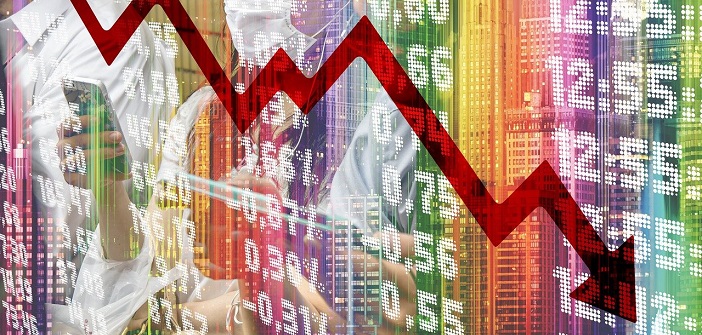According to a preliminary estimate by Eurostat, the European statistics office, inflation was once again negative in December 2020. The Covid-19 pandemic has severely impacted the natural progression of prices in the Eurozone.
In August 2020, and for the first time since 2016, according to Eurostat, prices declined: it was the first month of negative inflation in 2020, at -0.2%. However, as a reminder, the ECB’s long-term goal is positive inflation close to but below 2%. In 2020, we are far from achieving that.
Especially since nothing has changed since August 2020. Indeed, across the entire Eurozone, which consists of 19 countries, inflation has not returned to positive territory since then. The confirmation came on January 7, 2021, with Eurostat’s preliminary data for December 2020 indicating that the Eurozone was in deflation for the fifth consecutive month, at -0.3%.
Since September 2020, inflation has stagnated at -0.3%, which is concerning not only for Eurostat but also for all the countries. With the pandemic not yet resolved and the second wave even gaining momentum, there is a risk that this situation of declining prices will continue into 2021.
Indeed, deflation could lead to a vicious cycle for the economy. The drop in prices and consumption related to pandemic management measures risks causing a wait-and-see attitude among consumers. They might anticipate an even greater drop in prices, delaying their purchases, which would only exacerbate deflation, and so on.


